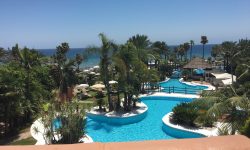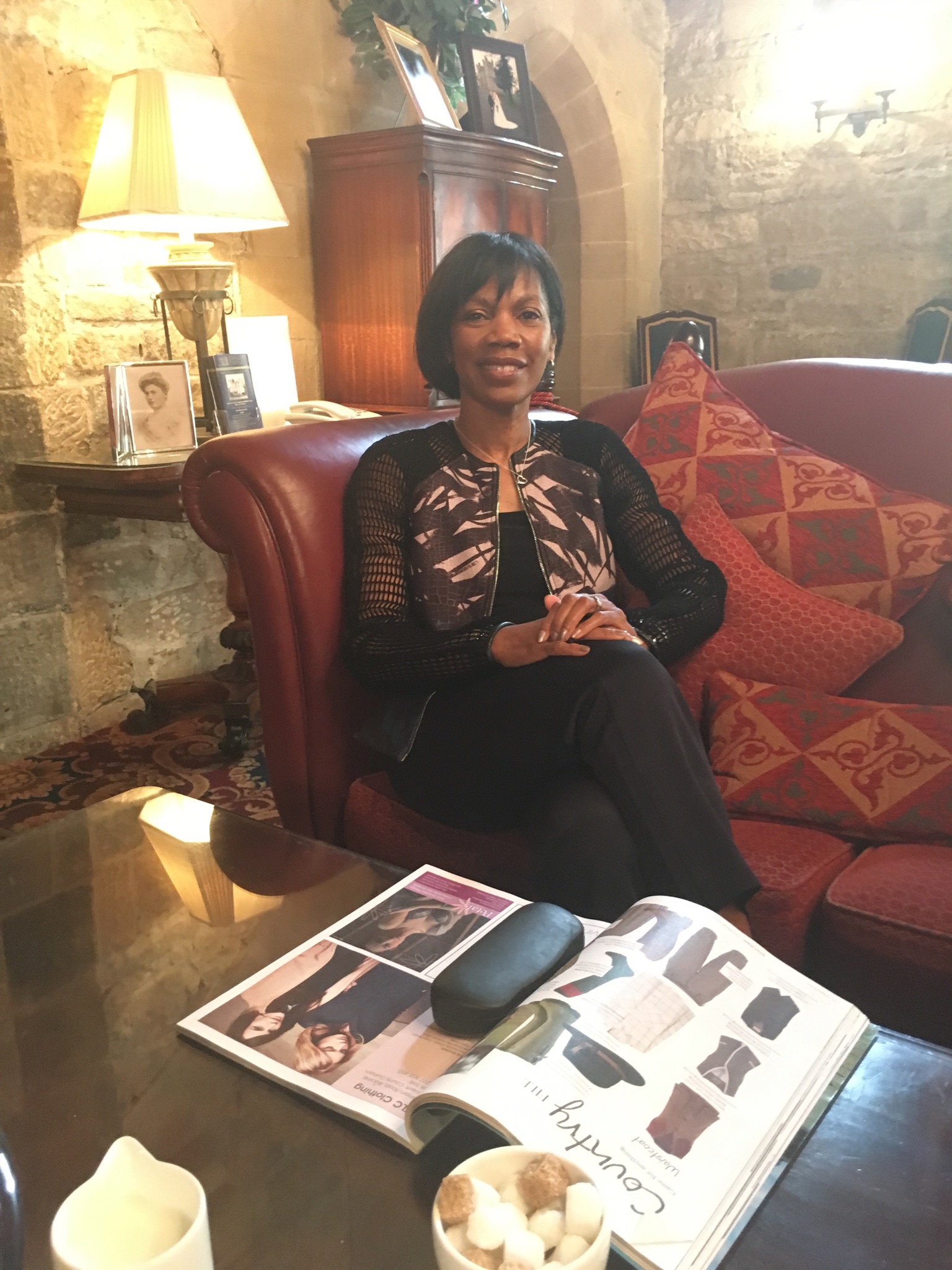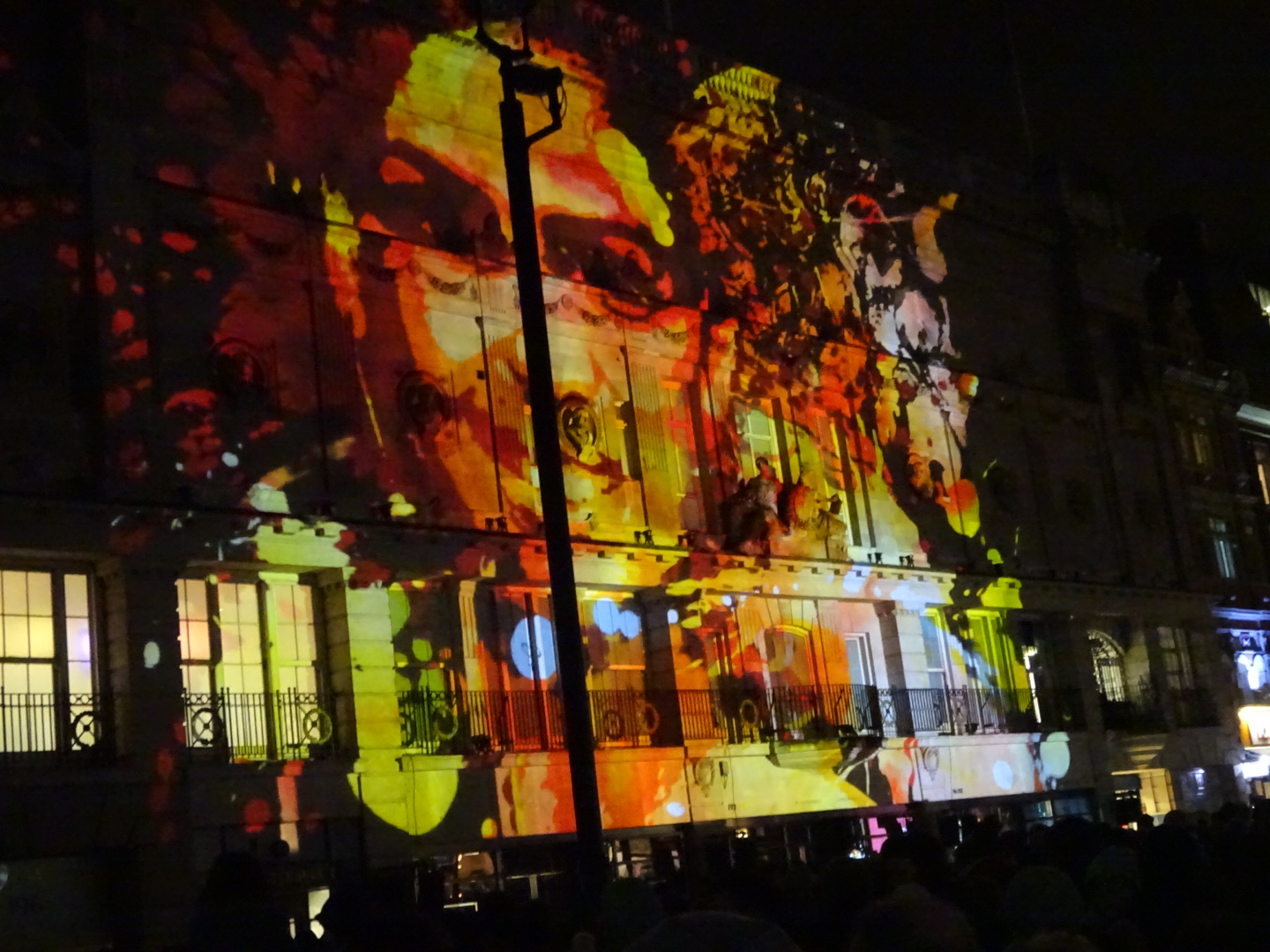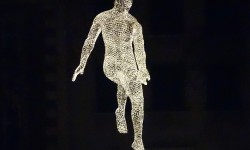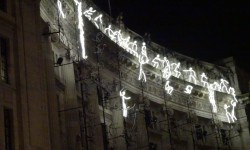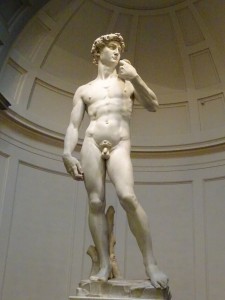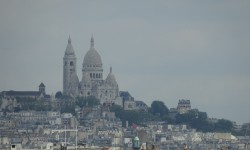Returning to the Peace of Discovery
Around this time last year while on a Nordic tour, I beamed photos and features from my smart devices to social media, not only excited to discover new worlds but also pleased to share with supporters, friends and family, too.
Thinking back, I recall a sort of peacefulness about that holiday, about how I felt wandering around that part of the world, a place that is often portrayed as insular. So when friends and family alike cautioned that I should take care, I rather thought they were being overly cautious. In my travel experiences, even if a destination’s reputation has been called into question, particularly over xenophobia, I tend to give it the benefit of the doubt, unless there is clear and present danger.
But post the Brexit vote, the racial unrest in the US, the insane politics there too, and the terrorism in France, this year’s holiday on Spain’s south coast felt uneasy. Not that there were any incidents there, none that can compare to the conditions mentioned, but nowadays all destinations seem questionable as a result of chaos in the world.
As an American expat living in Britain, I am acutely aware that the metaphorical band aid that once covered the deep wound of xenophobia has come unstuck. Of course, Brexit is about a lot things and some insist that prejudice is not one of them, even in the face of increased hate misconduct here. In the aftermath of the vote in London, there was a steady stream of graffiti against some European nationals and choice words to others from places as far away as Africa and Jamaica.
For everyone, however, one thing has become clear and that is that the world is overrun with an intense fear, which salts the xenophobic wound, now weeping of hate for some and a disturbing uneasiness for others.
In the latter camp, I find even the coolest of places uncomfortably hot. Sadly, worry has a way of wandering with me, wherever I go, often to the upset of physical and mental health. But that’s another blog. Watch this space.
Meanwhile, let’s get back to Malaga, Marbella, Estepona, Ronda, etc. my trail on the Costa del Sol. Admittedly, it was not an escapist holiday, not the fault of the pretty, bustling region, but it was a reasonably enjoyable one.
Per the guidebooks and reviews on and off social media, it is a fun place for sun seekers, though it was windier than anticipated and it rained on the day we left. Never mind, London ceased being rainy for our return. The folks are friendlier than in the average place and even welcoming to those who don’t speak a lick of Spanish. And the food of Andalusia isn’t bad at all, depending on where you go. One place worth mentioning is Las Brasas de Alberto in Estepona. If not for the Iberian Pork, then go for the house wine. You’ll be glad you did.
Also, sadly for me, there wasn’t much emphasis on food intolerances such as gluten, though organic everything was abundant. Never mind, I needed the comfort food to manage the slower pace of life and to try to catch a bit of the carefree reigning spirit there, which was much needed while navigating the narrow streets of Ronda in our little rental car.
Gee whiz, glad that is over, the bumpy ride that is. As for the holiday, it’s over too, but the desire to discover new worlds remains deep within. May acceptance and assurance as a way of life return with a force, one that sweeps the world, bringing many peaceful holidays for years to come. Now that’s cool.



